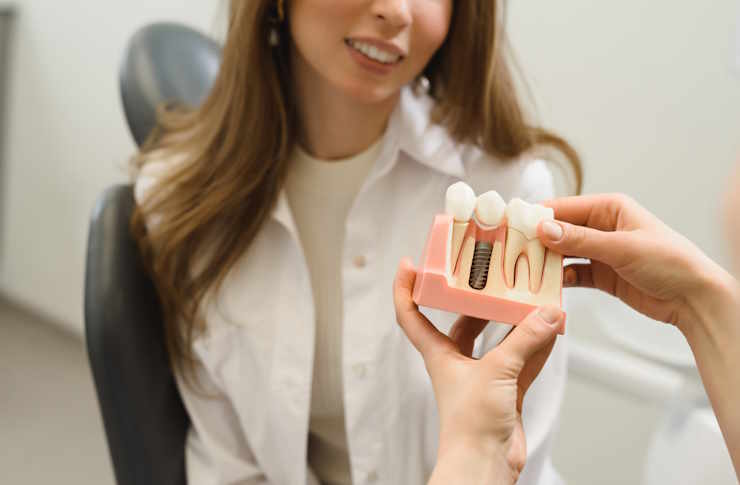Revolutionary Screwless Implants: The Future of Dental Restoration
Discover how innovative screwless dental implants are revolutionizing tooth replacement. This cutting-edge technology offers enhanced comfort, superior aesthetics, and improved long-term stability compared to traditional screw-retained implants. Explore the benefits, maintenance, and cost considerations of this groundbreaking approach to dental restoration in our comprehensive guide.

The Evolution of Dental Implants: Embracing Screwless Technology
Understanding Screwless Dental Implants
Screwless dental implants, often referred to as friction-fit or press-fit implants, represent a significant leap forward in dental restoration technology. These innovative devices secure artificial teeth without the need for traditional screws, relying instead on advanced engineering principles and cutting-edge surface technologies.
The core of this system lies in its ability to create a robust bond between the implant and the prosthetic crown through precise mechanical retention. By eliminating screw access holes, screwless implants pave the way for more natural-looking and structurally sound restorations.
The Mechanics Behind Screwless Implants
The installation process for screwless implants begins similarly to traditional methods, with the placement of a titanium implant post in the jawbone. However, the similarity ends there. Instead of utilizing screws, these modern systems employ specialized connections that secure the crown or bridge through innovative mechanisms:
- Friction Fit: Utilizes the power of precision engineering to create a snug, stable fit.
- Snap-On Mechanisms: Allows for secure attachment with audible confirmation.
The prosthetic component is ingeniously designed with internal retention features that seamlessly connect to the implant abutment, ensuring a durable and stable restoration.
Advantages of Opting for Screwless Implants
Screwless dental implants offer a multitude of benefits over their screw-retained counterparts:
- Superior Aesthetics: The absence of screw access holes results in a more natural appearance.
- Enhanced Structural Integrity: Prosthetic crowns maintain their strength without compromise.
- Reduced Complications: Lower risk of mechanical issues associated with traditional screws.
- Simplified Maintenance: Easier cleaning and upkeep for patients.
- Improved Comfort: A more seamless fit enhances patient satisfaction.
- Preservation of Tooth Structure: Minimizes impact on surrounding dental anatomy.
Longevity and Durability
With proper care, screwless dental implants can serve patients for 15-20 years or more. Several factors influence their lifespan:
- Diligent Oral Hygiene Practices
- Consistent Dental Check-ups
- Overall Health Status
- Quality of Initial Placement
- Bone Health and Density
- Lifestyle Choices
Maintenance Guidelines for Screwless Implants
To ensure the longevity of screwless implants, patients should adhere to a comprehensive care routine:
- Twice-daily brushing with a soft-bristled toothbrush
- Use of non-abrasive, implant-specific toothpaste
- Daily flossing with specialized implant floss
- Regular dental check-ups and professional cleanings
- Avoidance of tobacco products and excessive alcohol consumption
- Use of dentist-recommended antimicrobial mouthwash
Investment and Options
The cost of screwless dental implants varies based on the specific system and extent of restoration needed:
| System Type | Price Range | Notable Features |
|---|---|---|
| Standard Screwless | $3,000 - $4,500 | Basic friction-fit design |
| Advanced Screwless | $4,500 - $6,000 | Enhanced retention technology |
| Complete Arch Restoration | $20,000 - $30,000 | Full mouth rehabilitation |
Note: These figures represent average costs and may fluctuate over time. It’s advisable to consult with dental professionals for current and personalized estimates.
The Horizon of Dental Restoration
Screwless dental implants exemplify the ongoing advancements in dental restoration technology. Their improved aesthetics and functionality over traditional methods signal a new era in dental care. As materials science and surgical techniques continue to progress, the field may see further innovations, potentially leading to faster recovery times and even more lifelike results.
This information is provided for educational purposes only and should not be considered a substitute for professional medical advice. Individuals considering dental implants should consult with a qualified dental specialist to determine the most appropriate treatment plan for their specific needs.




